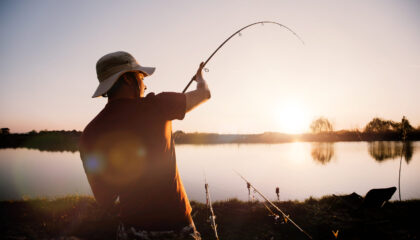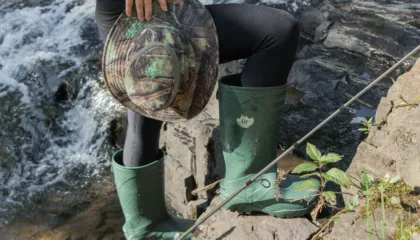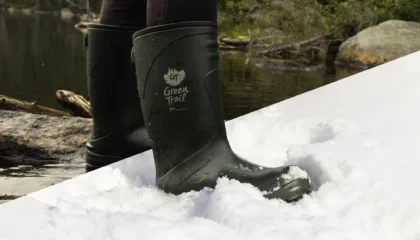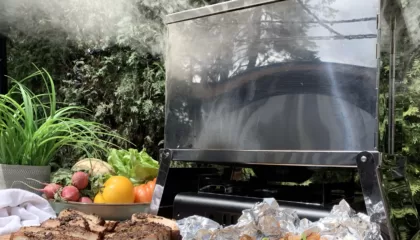Some tips before starting
Whether you choose to do it by a professionnal or with your own equipment, you will have to be judicious. A first-price equipment or professional is rarely the right choice. However, be careful, the most expensive price is not the best choice either. Compare reviews, ask experienced people and read reviews online.
Installation for sharpening is an important step. You should work on something flat with room to move around and in a comfortable position. Put something like a rag under the stone for example. This will prevent your hand from rubbing on the work surface each time you go back and forth.
The sharpening angle changes depending on the blade and its use. For a hunting knife, the recommended angle for sharpening is 25-30 degrees. You will find your favorite angle once you've experimented with several. The important thing when sharpening is to keep the angle constant. You must not change the angle at each back and forth on the steel or on the stone, otherwise your blade will be warped.
Avoid electrical equipment which is for experts. They are much more abrasive to metal, so if a mistake is made it will be much more difficult to correct.
It is important to sharpen a knife both ways. For example, you can make it go by pushing on the blade and back by pulling the knife.
Wipe off any metal residue and regularly watch the edge of your blade during sharpening. The shiny parts are the sharp parts and the darker parts are the more worn part. Therefore those parts need to be sharpened.
If you are a beginner, do not start with your favorite knife! Begin with practicing on knives that will allow you to make mistakes without regret.
You don't have to press hard and go fast. Speed will make you make more mistakes, and heavy pressure will increase your mistakes on the blade.
It is better to sharpen your knife regularly for a few minutes rather than sharpen it less often and for longer.
 Read more +
April 19, 2024 By A.A Rochon in Blog
Read more +
April 19, 2024 By A.A Rochon in Blog
 Read more +
By A.A Rochon in Blog
Read more +
By A.A Rochon in Blog
 Read more +
March 27, 2024 By A.A Rochon in Blog
Read more +
March 27, 2024 By A.A Rochon in Blog
 Read more +
March 19, 2024 By A.A Rochon in Blog
Read more +
March 19, 2024 By A.A Rochon in Blog
 Read more +
February 28, 2023 By Sylvain in Blog, L'Heureux Family
Read more +
February 28, 2023 By Sylvain in Blog, L'Heureux Family
 Read more +
By Sylvain in Blog, L'Heureux Family
Read more +
By Sylvain in Blog, L'Heureux Family
 Read more +
February 27, 2023 By Sylvain in Archibald, Blog
Read more +
February 27, 2023 By Sylvain in Archibald, Blog
 Read more +
By Jonathan Mathys in Blog, Blog, Bruno-Carl, Bruno-Carl
Read more +
By Jonathan Mathys in Blog, Blog, Bruno-Carl, Bruno-Carl
 Read more +
February 24, 2023 By Matthieu Robert in Blog, L'Heureux Family
Read more +
February 24, 2023 By Matthieu Robert in Blog, L'Heureux Family
 Read more +
November 17, 2022 By Matthieu Robert in Blog
Read more +
November 17, 2022 By Matthieu Robert in Blog